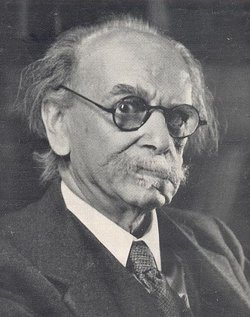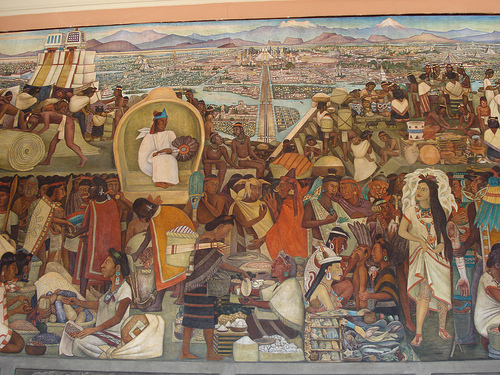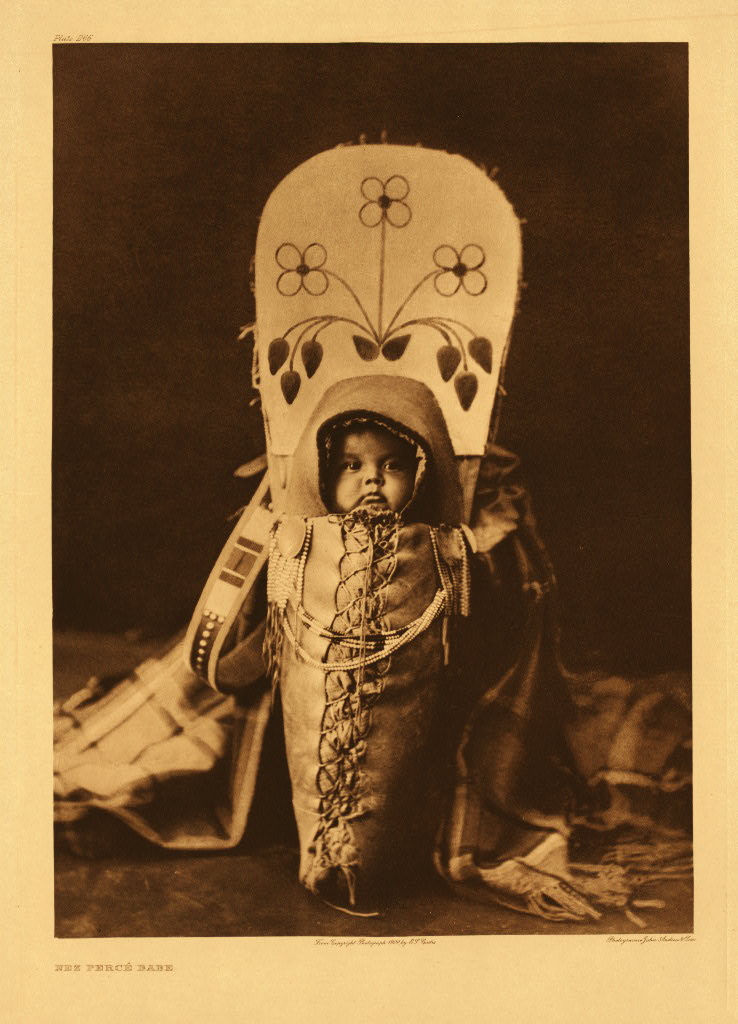Excerpted from the 14th article of William Pierce’s “Who We Are: a Series of Articles on the History of the White Race”:
Both the fossil remains and the eyewitness accounts of Classical authors confirm that all these Indo-European peoples were racially Nordic. Because they settled in different areas after leaving the original homeland, and because they subsequently mixed with different races and to different extents, there are noticeable differences in various racial characteristics among their descendants today. But originally, Celt, German, Balt, and Slav were indistinguishably Nordic.
The Celts were the first group to make an impact on the Classical world, and so we will deal with them first.
The reason the Celts interacted with the Greeks and Romans before the other groups did is that their wanderings took them farthest south. They invaded and settled in a great crescent stretching across central Europe from eastern Hungary and Czechoslovakia through Austria, southern Germany, Switzerland, and France into the British Isles. At the eastern and western ends of their range, respectively, isolated bands of Celts penetrated into central Asia Minor and the Iberian peninsula, while in the center quite substantial numbers crossed the Alps into northern Italy.
The Roman conquest of southeastern Europe, Gaul, and Britain destroyed the greater part of Celtic culture, as well as doing an enormous amount of racial damage; the effects of the later German and Slavic incursions were largely limited to linguistic and other cultural changes.
But the Celts themselves, as much as anyone else, were responsible for the decline of their racial fortunes. They settled in regions of Europe which, although not so heavily Mediterraneanized as Greece and Italy, were much more so than the German, Baltic, and Slavic areas. And, as has so often been the case with the Indo-Europeans, for the most part they did not force the indigenous populations out of the areas they conquered, but made subjects of them instead. Thus, many people who think of themselves as “Celts” today are actually more Mediterranean than Celtic. And others, with Latin, Germanic, or Slavic names, are actually of nearly unmixed Celtic descent.
Fastidious, Fair, and Fierce
The early Celts were not literate, and we are, therefore, dependent on Classical authors for much of what we know about Celtic mores, lifestyles, and behavior, as well as the physical appearance of the Celts themselves. The fourth-century Byzantine writer, Ammianus Marcellinus, drawing on reports from the first century B.C., tells us that the Celts (or Gauls, as the Romans called them) were fastidious, fair, and fierce:
The Gauls are all exceedingly careful of cleanliness and neatness, nor in all the country… could any man or woman, however poor, be seen either dirty or ragged.
Nearly all… are of a lofty stature, fair and of ruddy complexion: terrible from the sternness of their eyes, very quarrelsome, and of great pride and insolence. A whole troop of foreigners would not be able to withstand a single Gaul if he called his wife to his assistance, who is usually very strong and with blue eyes…
The early Celts were not an urban people. Their dwellings, typically of timber construction, tended to be isolated farmsteads or, at most, clusters of a few buildings surrounded by a palisade.
In pre-Christian Ireland there was an intellectual class which had a social status approximately equal to that of the warrior-landowners. This class consisted of druids (priests), bards, physicians, artists, and skilled craftsmen, who moved freely from petty kingdom to petty kingdom in a way that was not possible for any other class, thereby helping to maintain cultural unity throughout a wide area. A similar class served the same functions on the continent.
Dark Side of Druidism
By the time of the Roman conquest, however, many extraneous elements had become inseparably blended into Celtic religion. The druids practiced not only solar rites, but some rather dark and nasty ones of Mediterranean origin as well. [Chechar’s note: today it’s known that the rites were not of Mediterranean origin—see below]
Celts, Germans Closely Related
Many later writers have not been as careful as Caesar was and tend to lump all Celtic-speaking populations together as “Gauls,” while sharply distinguishing them from the Germans. As a matter of fact, there was a much greater affinity between the Celts and the Germans, despite the language difference, than there was between the truly Celtic elements among the Gauls and the racially different but Celtic-speaking Mediterranean and Celtiberian elements.
In the British Isles the racial effects of the fifth-century B.C. Celtic invasions varied. In some areas indigenous Nordic populations were reinforced, and in others indigenous Mediterranean or mixed populations diluted the fresh Nordic wave.
Brennus Sacks Rome
Around 400 B.C. Celts invaded northern Italy in strength, establishing a permanent presence in the Po valley, between the Alps and the Apennines. They pushed out the resident Etruscans and Ligurians, founded the city of Milan, and began exploring possibilities for further expansion south of the Apennines.
In 390 B.C. a Celtic army under their chieftain Brennus defeated the Roman army and occupied Rome. The Celts were not prepared to stay, however, and upon payment of an enormous ransom in gold by the Romans they withdrew again to northern Italy. In the following centuries there were repeated clashes between adventurous Celts and the people of the Classical civilizations to the south.
But the Celts, unfortunately, despite their mobility and their intelligence, never formed a unified whole; they remained a collection of distinct tribes, as often hostile to one another as they were to non-Celts. This lack of unity brought their downfall.
Man against man, a Celt could usually beat a Roman; the Celts were at least as brave and as skilled in arms as the Romans, and the former were bigger and stronger, on the average, for the latter had by this time mixed for too many generations with southern races and lost most of the Nordic qualities of their forefathers. But the Romans had the supreme advantage of organization, without which little of lasting impact has ever been wrought in this world.
My comment:
With only the Romans’ word to go on human sacrifices performed by the Druids—the ancient Celts left no written record of their own—it has been easy for historians to dismiss such tales as wartime propaganda.
Recent archeological findings however are starting to unearth evidence of Druid sacrifices, sometimes on a massive scale. According to my “psychogenic” point of view (cf. my research on psychohistory), at the time of Caesar’s conquests of Gaul the Romans belonged to a more evolved “psychoclass” than the Gauls, which not only means more culturally evolved but also more integrated psychologically (with time the psychic development of the two psychoclasses, Celts and Latins, became homogenized).
An objective appraisal on the conflict between Romans and Aryan “barbarians” of more than two thousand years ago, therefore, ought to consider these two factors in any future study of the epoch: psychohistory and racial studies such as the one pioneered by Pierce.






